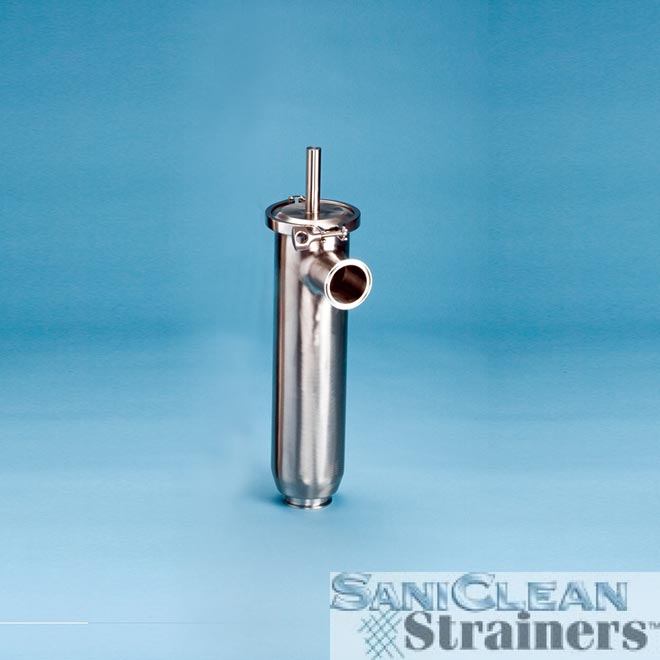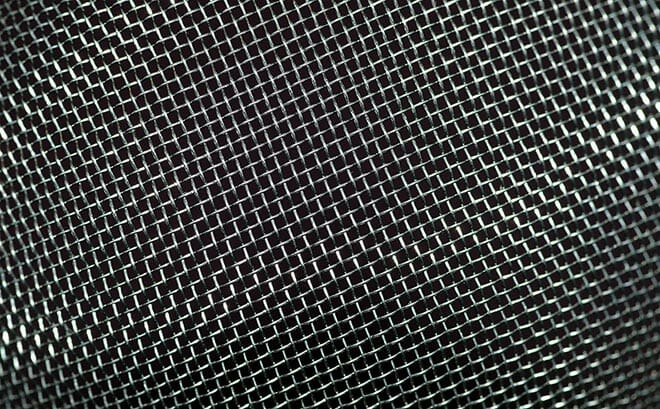Making salad dressing on a commercial scale requires taking more steps than would otherwise be required. One of these is straining. This allows for product uniformity, helps with sanitation, and protects equipment from jams and other problems.
The Benefits of Straining in Salad Dressing Production
Straining salad dressing ingredients and finished products provides many benefits. It ensures that all ingredients are the right size for the desired mouthfeel, pourability, and other such factors. It’s also key to maintaining product uniformity, which not only ensures that your customers always get what they expect, but also allows you to better estimate how much of each part of the recipe you’ll need for a specific number of bottles.
Sanitation is another benefit of straining. Salad dressings often include fresh vegetable matter such as onions, and when first brought into your plant, such produce may include rocks, stems, and other natural additions that you don’t want to make it into the final product. Running them through a strainer is the fastest and most efficient way to ensure that all of these unwanted materials are removed.
Equipment is also protected when raw product is strained. Large chunks can cause jams even when foreign objects are not involved. This damages equipment and stops production until the problem is fixed.

Maintaining Sanitation
In food production environments, special strainers must be used to maintain sanitation. Rather than using a generic steel mesh screen, the producer must choose a strainer that can be fully cleaned and sterilized without hassle. SaniClean Strainers 3A sanitary equipment meets these requirements. It is made of extra-smooth material that holds up to heat-based sterilization, sanitary washing solutions, and other tough anti-contamination practices.
Where Strainers Are Used
Strainers are used in multiple locations in salad dressing production areas. Wide-mesh versions pre-screen incoming produce for basic removal of foreign objects; medium-mesh versions ensure that only bits of the right size make it into the final product, and fine-mesh strainers ensure that the liquid aspects of your salad dressing will blend properly with the rest of the formula.

At other times, strainers are used to control what leaves through the waste drains. This prevents clogs from occurring and holding up production. Drain screens typically don’t need to be of a high sanitary grade since they’re only handling wastewater, but they do need to be very durable and cleanable in order to ensure their longevity.
Taking Things Up a Level
In some applications, plain straining just isn’t enough. This is where inline filter strainers come in. The strainer catches the larger particles, while the filter allows you to attain ultra-pure cleansing of the treated fluid. These are often used for water, oil, and various juices. Using a filter strainer will often improve the taste of the product as well as its general clarity and workability.
Types of Strainers
Some of the most common strainers are inline basket strainers (one of these also may be called an industrial basket strainer). These go within pipes to catch materials that won’t fit through their meshes. The mesh size is chosen according to the needs of the particular application. SaniClean Strainers makes course, medium, and fine versions that are 3A approved for the highest sanitation standards. The company also produces many other 3A-approved strainer types suitable for everything from food production to general drain screening. Non-3A strainer overscreens are available, too.
Key Takeaways
- Straining allows easy particle size control for salad dressing ingredients
- Straining lets you eliminate unwanted objects from incoming produce
- Production and quality control are improved by controlling particle size
- SaniClean Strainers produces 3A-approved models perfect for food production operations
To learn more about SaniClean Strainers and all of our straining and filtration options, just contact us. We’re sure that we can help with all of your facility’s requirements.
